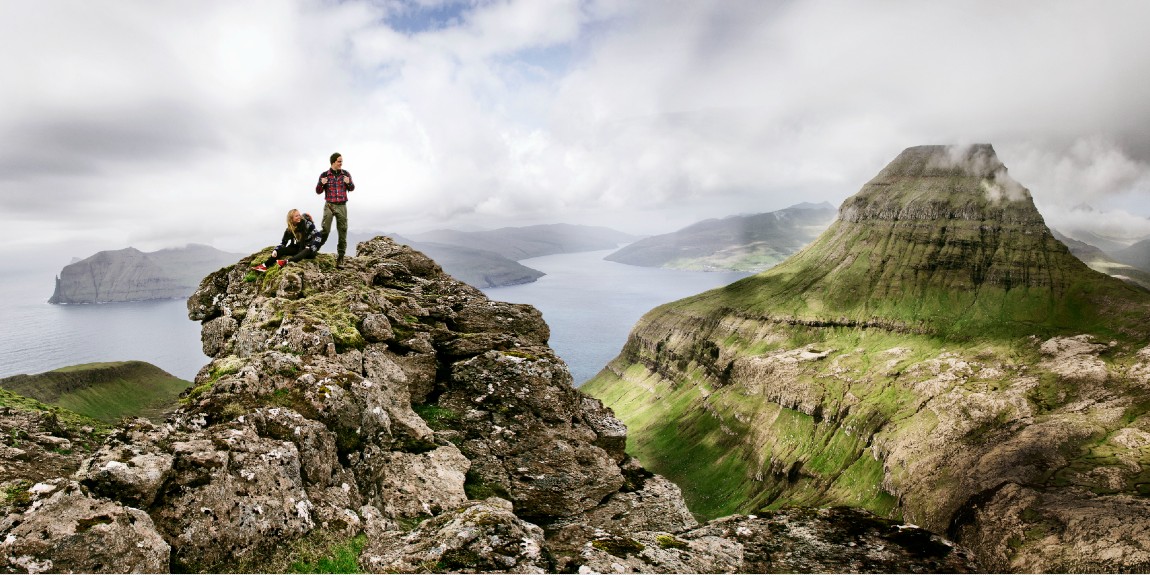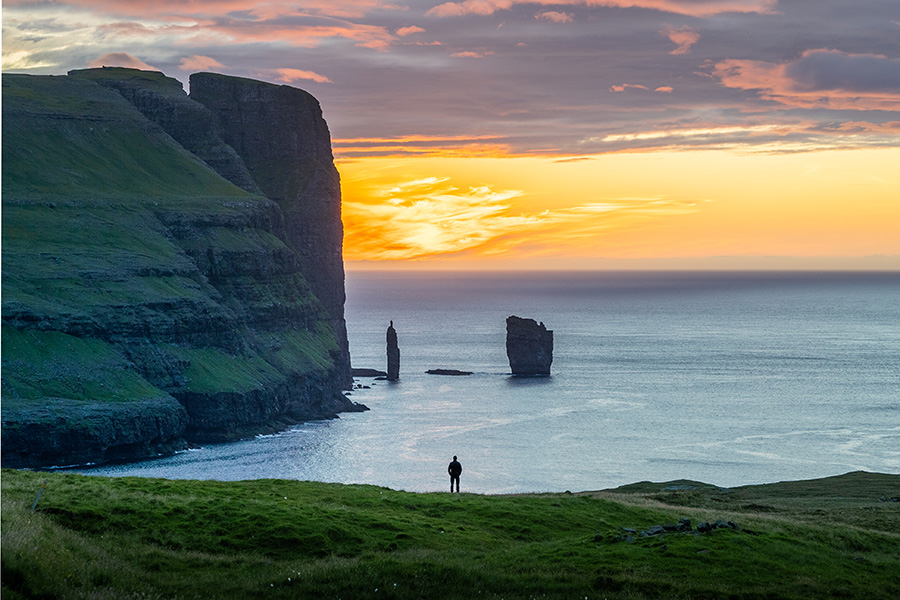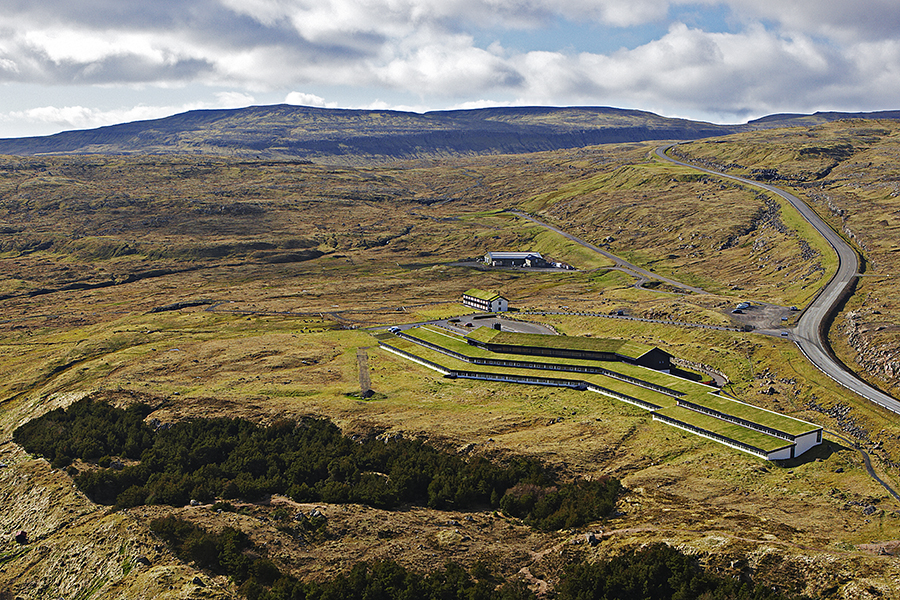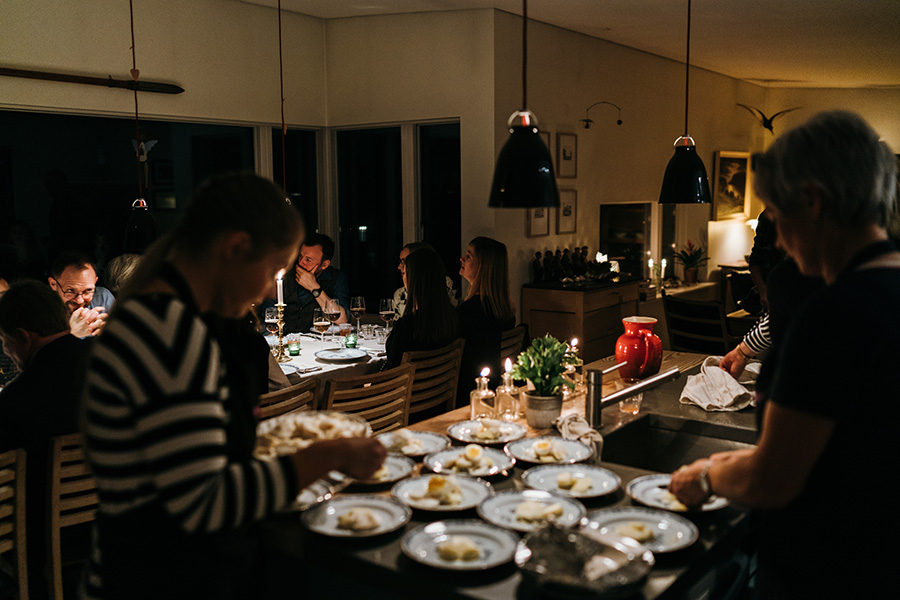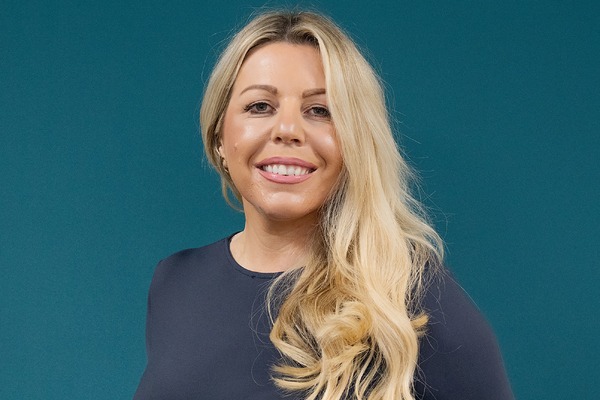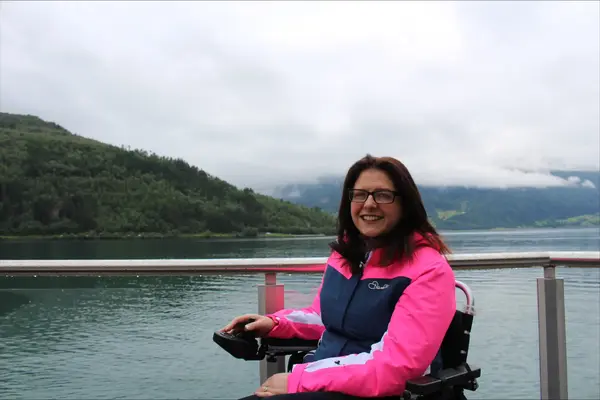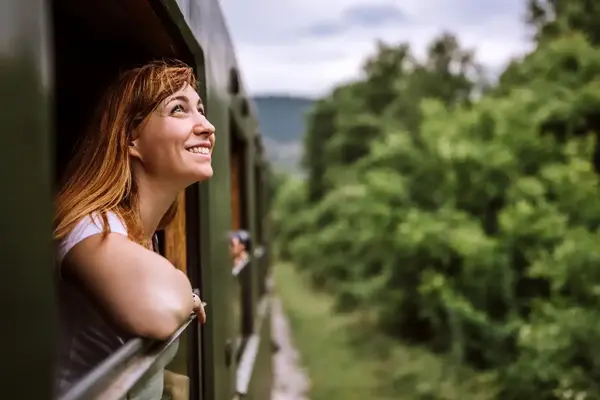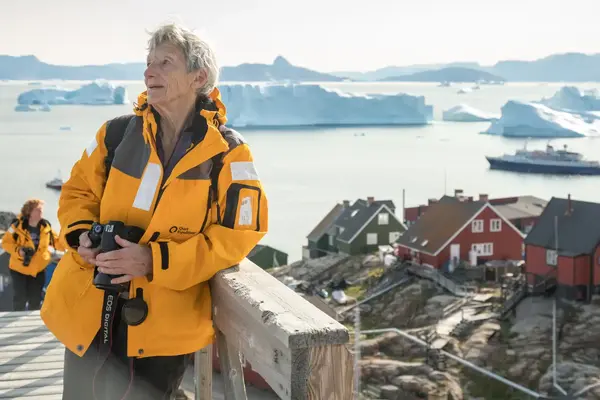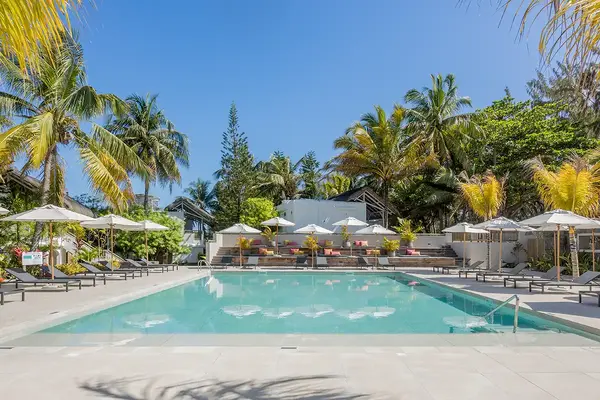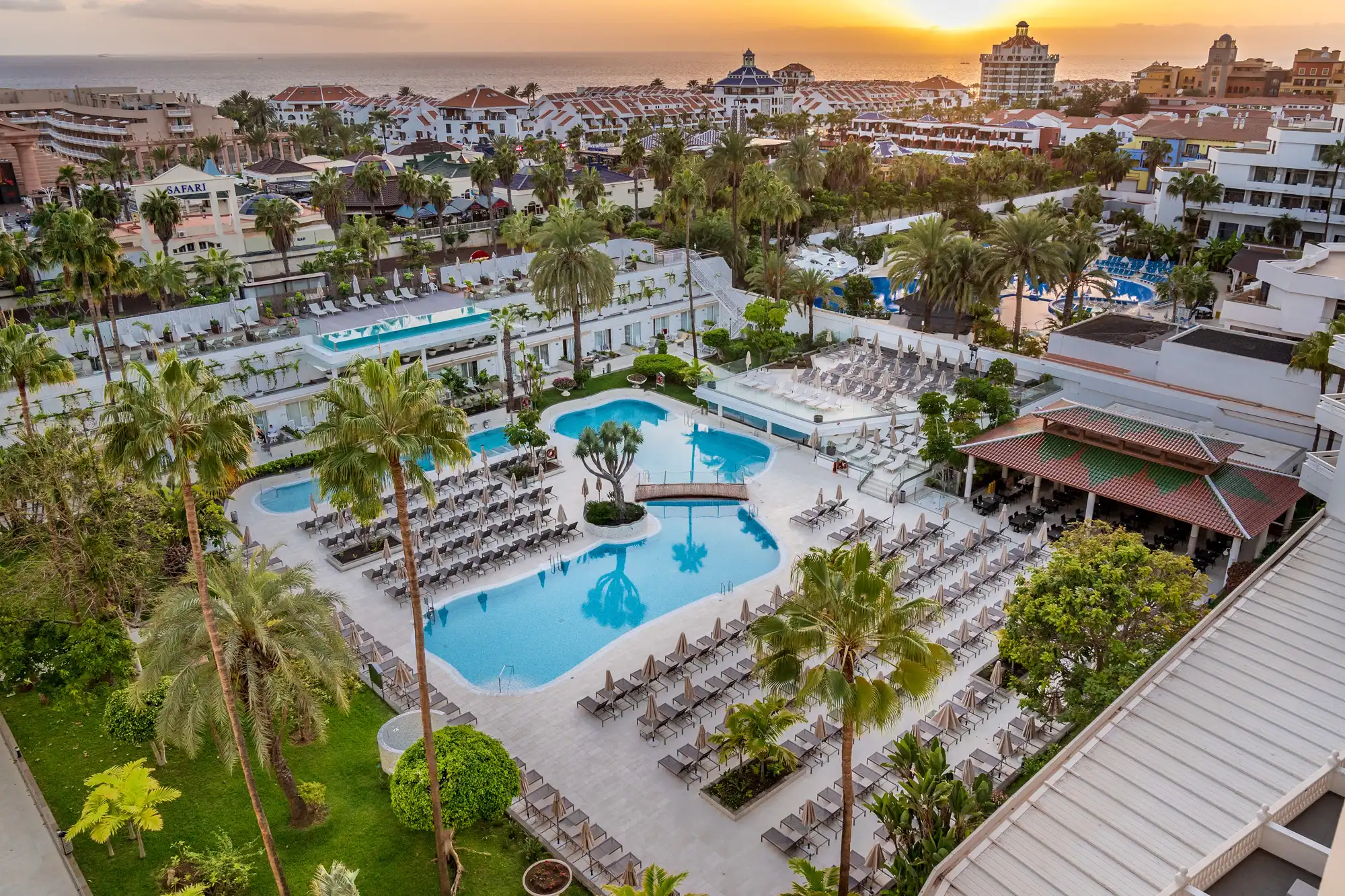Upside down waterfalls, Bond scenery and home hospitality: touring the Faroes
The triumph of a fly-drive to the Faroes is finding the islands as strange as they are familiar – and with new flights launching this summer, the North Atlantic archipelago is closer to the UK than ever before

It is around midday in the village of Dalur on the island of Sandoy, beneath a mackerel sky of grey and indigo blue, when we park up outside a house for lunch with a twist.
Inside the kitchen of Bodvar Hjartvarson and Helga Hilmarsdottir, a table is laid out for our arrival: two wooden boards are layered with coarse slices of wind-dried sheep sausage, and the smell of steamed onions and salted lamb chops from the cooker mingles in the air. Next to this is a bowl of soft-boiled potatoes, a dish cradling gelatinous cubes of blubber and a plate of oily-black slivers of pilot whale meat. The traditional Faroese delicacy has been fried and shines like polished leather.
“This year, we bought 27 sheep for our family of eight,” says Bodvar, gesturing to the plates for us to begin eating. “That’ll keep us going all winter. Ten is normal in the Faroe Islands, but we have many mouths to feed.” And the whale, I ask? “We don’t go hunting for them, only if they swim close to the beach. Then everyone in the village gets their share.”
The meat, unequivocally contentious yet an age-old Faroese tradition, is tastiest when eaten with a hunk of blubber and a potato as a canape-style wrap, according to Helga. She pops one in her mouth, by way of demonstration. I turn to my friend, who is here with me, with an uneasy look: “You first?”
A travel outlier
Even if your clients don’t know where to pin the northern archipelago on a map, the Faroe Islands might well be the unusual holiday destination they’re looking for this year. Less crowded than Iceland, more affordable than Norway, it is like the Hebrides, but pumped with steroids. They’ll also realise that these 18 cliff-hemmed islands, almost unchanged through millennia, are a travel outlier, despite being just 200 miles from the UK.
That journey is one made all the easier for short-breakers, thrill-seekers, hikers and nature lovers, with a tailor-made package from Regent Holidays, with whom we’re travelling. And with new Atlantic Airways flights launching this summer from London Gatwick to Vagar Floghavn, the Faroe Islands’ international airport (twice-weekly fights already operate from Edinburgh, from April to October) the nation’s fjords and upside down waterfalls (more on those later) are now a straightforward hop away.
Aside from the blubber and whale meat (disclaimer: yes, I tried it, queasily, and wouldn’t be quick to do so again), a new tradition is intimate, home-cooked dining experiences where visitors can get first-hand insights into this land of one-of-a-kind revelations. These are called ‘heimablidni’ and, thanks to a band of open-armed locals, there is now a register of households and farms where the culturally curious can break bread and understand how the Faroese have eked out an existence on the brink of the North Sea for centuries. Before ours finishes, Bodvar shows us the family butchery known as a “hjallur”. As much an eye-opener as the cured whale meat, it is a pungent walk-in locker where fat haunches of fermented lamb dangle like wind chimes.
After lunch, the highway ducks and weaves to capital Torshavn, leading right past the doors of turf-topped Hotel Foroyar, our basecamp for the next three nights. It has the air of a stylish countryside escape, with sheep roaming in the grounds, a spa to wallow in and ginormous floor-to-ceiling windows to let the outside in. From the rooms, your clients will have a ringside seat on Torshavn, its harbour and the ferries that glide in from Denmark and Iceland.
Strolling through the city that evening, I’m struck by how quiet it is — there is more chunky knitwear on sale than there are people. In Reyni, the oldest part of town, and around Tinganes, where the Faroese Government sits, we are the only visitors. It is almost like the set from a Viking film, lined with maple-red, sod-roof houses and cobblestone streets.
From Torshavn, we range widely over the next few days. At Tjornuvik, the northernmost settlement on Streymoy, the sea stacks Risin and Kellingin — the Giant and the Witch — loom moodily offshore. Another morning, puffy sheep bask in the sunshine beneath Slaettaratindur, the Faroes’ highest mountain, where we stop for a hike. Better still, the ridge-backed island of Kalsoy, like a dragon emerging from the sea, might be the country’s most transfixing trip. It is another example of the Faroe Islands’ ability to surprise, and also where Daniel Craig makes his last appearance as James Bond in the gripping finale of No Time to Die.
There is a problem to deal with, however: the scenery is so overwhelming it takes longer than it should to get anywhere. Instead of motoring back to Torshavn one evening, our journey takes double the time it should and we skip the main road and drive a mountain pass to overlook the village of Nordadalur. From the viewpoint, the North Sea scrolls away to the twin islands of Koltur and Hestur. Again, the scale reshapes our expectations.
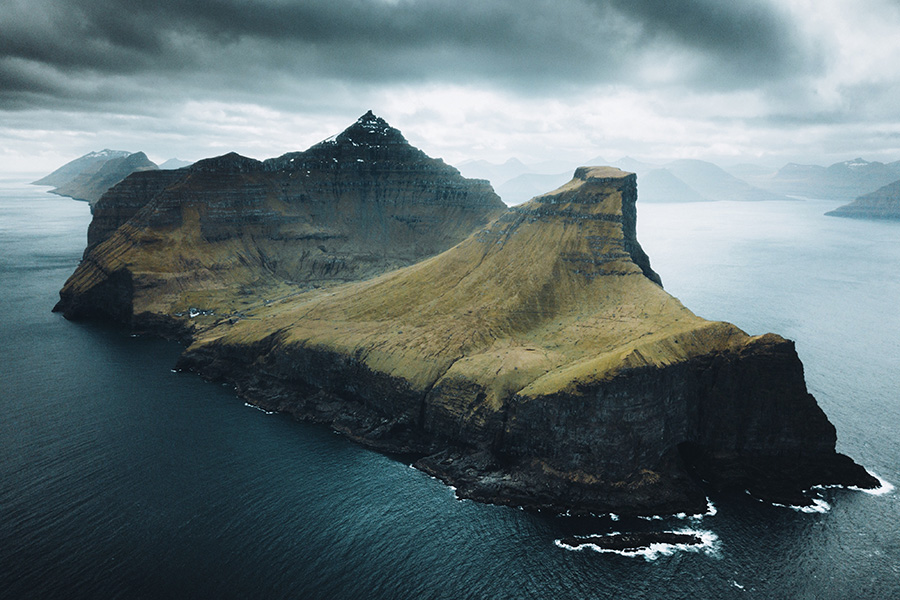
On our last morning, hunched valleys, hills and lakes crowd the verges on the way to the airport, almost as if a grand leaving party. A quick detour then leads us to Gasadalur, which hangs onto a clifftop surrounded by swelling peaks. Your clients will get a final sense of how unruly the geography is by walking to the precipice’s edge to see the village’s star turn, Mulafossur, a waterfall that drains to the sea, then shoots back up again when the wind gusts. It is the kind of reveal that’d give any amateur photographer delusions about moving here permanently.
If this summer’s flights prove popular, many more Brits are likely to end up feeling as giddy as I do. Right now, I’ll admit, the Faroe Islands has caught me by surprise more than I ever thought it would. All senses are overwhelmed and trying to predict what might come next for these elemental, visceral and transformative islands on the edge feels almost impossible.
Book it: Regent Holidays has a number of packages including the five-day Faroe Islands Experience Break, from £1,825pp, including return flights from the UK, four nights’ accommodation, all transfers and excursions as per the itinerary. Also the 11-day Faroe Islands on the Road fly-drive, from £2,435pp, including return flights from the UK, 10 nights’ B&B accommodation in hotels and guesthouses, car hire and excursions as per the itinerary.
Faroe Islands snapshot
Smarter: Currently, direct access from the UK to the Faroes is just from Edinburgh, but new direct flights between London Gatwick and Vagar with Atlantic Airways will launch for the summer period, 1 June to 31 August 2024, making it easier than ever to have a summer break in the Faroes. Visit Faroe Islands’ website also has great tips to pass on to clients; visitfaroeislands.com/en
Better: A fly-drive is a great way to explore the Faroes, but equally there are some fabulous group tours available through Regent, including guided walking tours and birdwatching boat trips. Selling an inclusive tour allows your clients to really get under the skin of the destination with ease and in good company.
Fairer: The best way to experience any culture is to integrate with locals and a heimablidni experience offers a sustainable chance to support communities directly; visitfaroeislands.com/en/see-do/activities/dining/heimablidni
Trade talk
“The Faroes has its own unique culture, character and scenery, and even within each archipelago the islands have a variety of experiences to offer. The destination offers a fabulous alternative to more well-trodden paths, and is fabulous in the summer for its rugged beauty, mountainous landscapes, sea views, outdoor activities and pleasant temperatures. We’re delighted that new direct airlift from Gatwick will make it easier for our guests to reach these islands, and have no doubt our programmes will prove increasingly popular as a result.”
Andrea Godfrey, head of Regent
